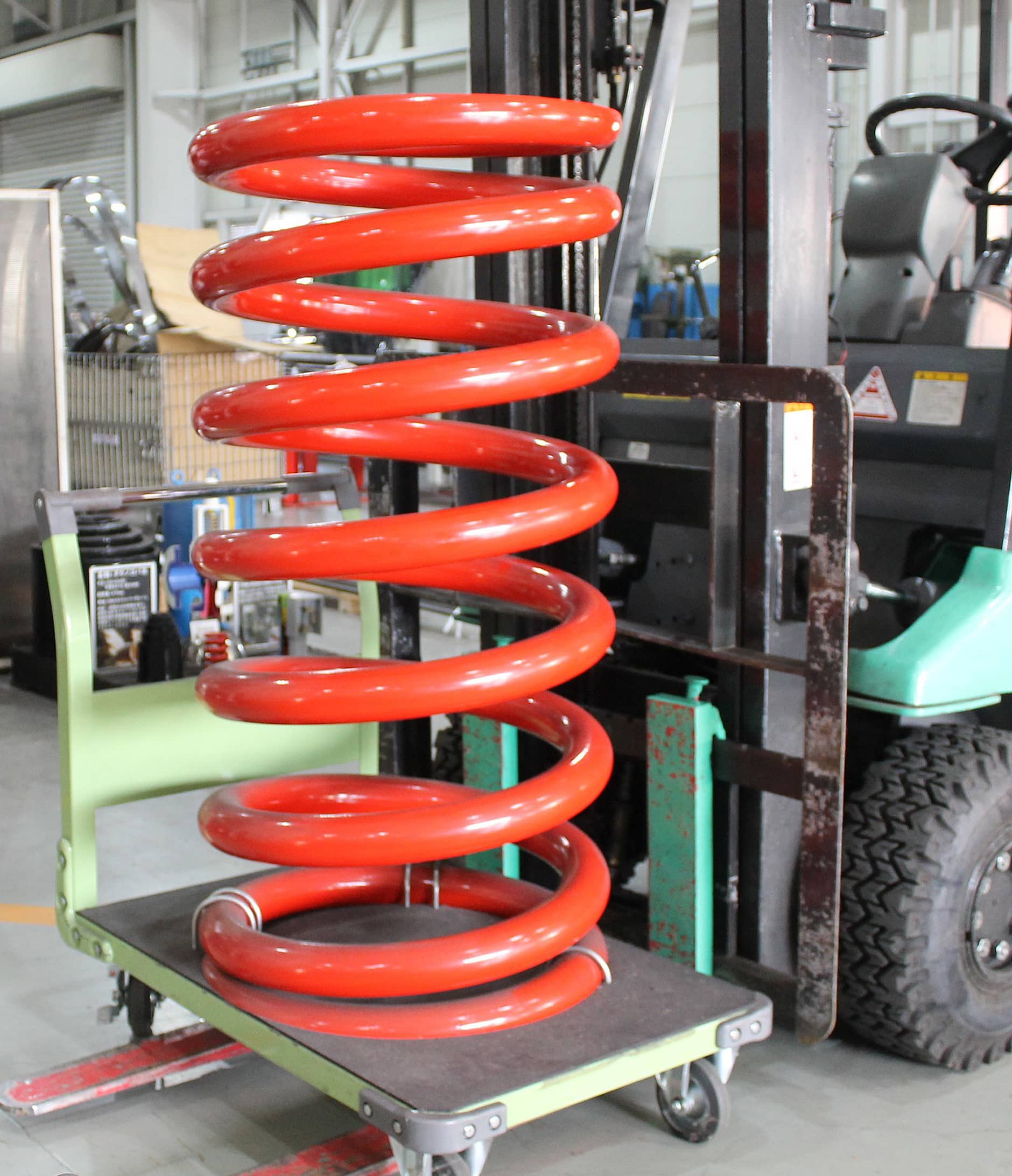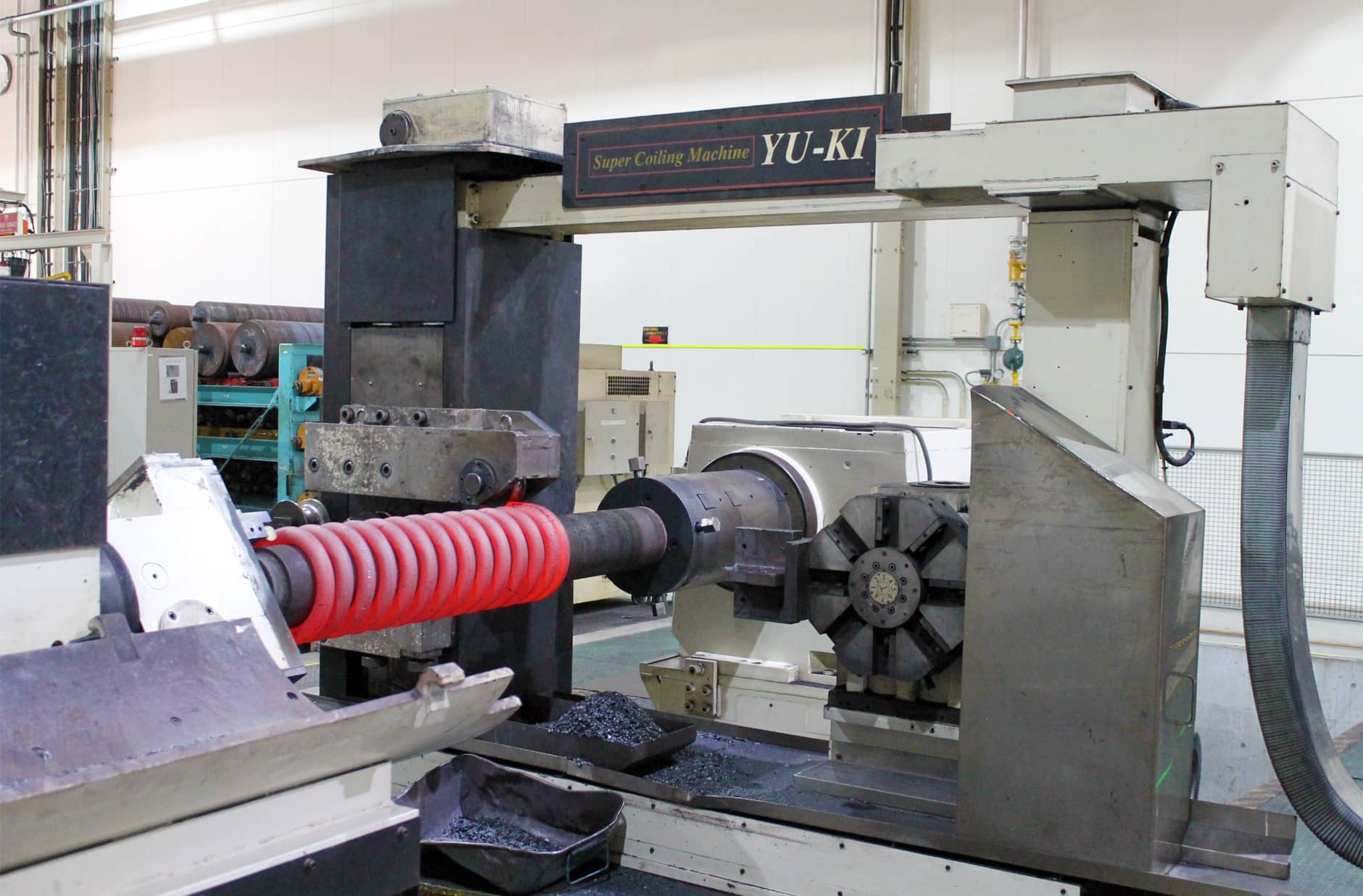The decline of Japan's manufacturing industry has been a topic of concern for quite some time. Takashi Natori, who points to the delay in digitalization as one of the reasons, researches small and medium-sized manufacturers (SMMs) that are advancing in digitalization while possessing unique, cutting-edge technologies. He sees the key to the revival of the manufacturing industry in "Wakon Yosai 2.0", which combines the artisanal spirit unique to small and medium-sized enterprises (SMEs) with digitalization efforts.
The key to revitalizing Japan's manufacturing industry lies in SMMs with cutting-edge technologies
It has been a while since Japan's manufacturing industry was said to be in decline. The export competitiveness of the manufacturing industry has been on a downward trend since the 1990s, according to the 2019 White Paper on Manufacturing Industries published by the Ministry of Economy, Trade, and Industry. On the contrary, there are 270 products and components that have originated in Japanese companies that hold over 60% of the global market. Companies with unique competitive strengths are certainly not in short supply. "When you look into these companies, it is not just well-known large and medium-sized enterprises; there are also SMMs with a workforce of just a few hundred people," says Takashi Natori, who had worked for the Japan Development Bank (the current Development Bank of Japan) for 30 years. Since then, he has transitioned to academia and has been supporting SMEs and SMMs for over a decade. He continues to consider strategies that could enhance the competitiveness of SMEs and SMMs, based on the perspective that "they are indeed indispensable for the development of Japan's manufacturing industry."
In Japan, as symbolized by the term ものづくり (monozukuri), manufacturing is not merely about manufacturing in the typical sense but is perceived more like craftsmanship. It emphasizes artisan skills, the dedication to mastering a single art, and the infusion of meticulous care, explains Natori. This ethos is evident in the high precision of processes like きさげ加工 (kisage processing), a specialized technique to ensure smooth sliding movement of objects on a metal surface, and in unique Japanese practices known as the 5S methodology (Seiri, Seiton, Seiso, Seiketsu, and Shitsuke, which may be conveniently translated into English as Sort, Set, Shine, Standardize, and Sustain though the actual intended meaning is conveyed more accurately through the real activities).
Natori finds particular interest in SMMs that possess cutting-edge technologies not found in large corporations. For instance, the anti-corrosion coating bolts manufactured by Takenaka Seisakusho Co., Ltd. (located in Higashi-Osaka City, Osaka Prefecture) are adopted in oil plants worldwide for their ability to prevent bolt corrosion over long periods in harsh environments. There are countless such examples. "The key to the revival of Japan's manufacturing industry lies in these SMMs that possess such cutting-edge technologies. And digitalization complements the strengths of such technologies," he emphasizes.
Simultaneously Achieving Differentiation and Cost Competitiveness by Combining Advanced Skills and Digitalization
"The fact that Japan's industrial sector has been slow to embrace digitalization has contributed to its current weakening," says Natori. Japanese manufacturing companies have grown by leveraging their strengths in needs-based solutions, underpinned by technical prowess, prototyping, small-lot production, quality control, and short lead-time production. While they deliver high-quality solutions, they often come at a high cost. Moreover, the challenge of passing down the skilled techniques of craftsmen is intensifying, and labor shortages have become a pressing issue in recent years. With the rise of digitalization, many tasks and techniques that were once exclusively human endeavors can now be replicated and replaced, gradually diminishing the unique strengths of Japanese manufacturing companies. Natori observes that, as a result, emerging countries that rapidly adopted digitalization are gaining a larger share of the market, placing Japanese companies in an increasingly vulnerable position.
The solution Natori proposes is the modern version of "Wakon Yosai," which is a term used to describe the intention of combining and balancing the Japanese spirit with Western learning and technologies. In essence, he is promoting what could be called "Wakon Yosai 2.0." This means maintaining the advanced skills they have cultivated based on their commitment to quality and their artisan spirit (Wakon: Japanese spirit) while advancing digitalization, which Japan has significantly lagged in the past (Yosai: Western learnings and technologies). By doing so, he argues that it becomes possible to simultaneously achieve differentiation and cost competitiveness.
"The power of digitalization can be seen, for example, in the 'ability to reference existing information.' In manufacturing companies, when receiving repeat orders or minor changes are requested to the ordered products, it's not uncommon to be overwhelmed by searching for past quotes or tracking down the original design diagrams of those products. If such data were digitalized, one could instantly search and output the information as needed, achieving a significant reduction in time," Natori explains. The time saved through digitalization can be redirected towards generating ideas for new products or technologies, expanding the innovation potential.
This is not mere armchair theory. Natori has been researching companies that have successfully grown their businesses through digitalization and conducting case studies. One such company is Tokai Spring industries, Inc. (located in Osaka City, Osaka Prefecture), which manufactures industrial springs. The company digitized the skills and know-how of its skilled craftsmen and developed an automated manufacturing system, digitalizing a significant portion of its production and management processes. At the same time, they differentiated tasks that only craftsmen could perform as "tasks requiring a sense of touch" and established a system to pass down this organizational "sense" to the next generation. "Most routine tasks can be digitalized. By clearly delineating between these and tasks that only craftsmen can perform, and by promoting the passing down of this sense of touch, they have successfully achieved sustainable competitiveness," Natori explains (Photos (1), (2)). Additionally, HILLTOP Corporation (located in Uji City, Kyoto Prefecture), a machine processing company, has incorporated artisan techniques into computers to create the ultimate IT manufacturing system. By automating their manufacturing process, they have achieved significantly shorter delivery times and high profit margins.


Natori is not only involved in research but also actively supports the digitalization of SMMs in collaboration with local governments and economic organizations. "It is none other than the SMMs that are serving as platforms for employment in the regions and support the local economies. If such companies focus on digitalization, the revival of Japan's manufacturing industry is assured," he speaks emphatically.